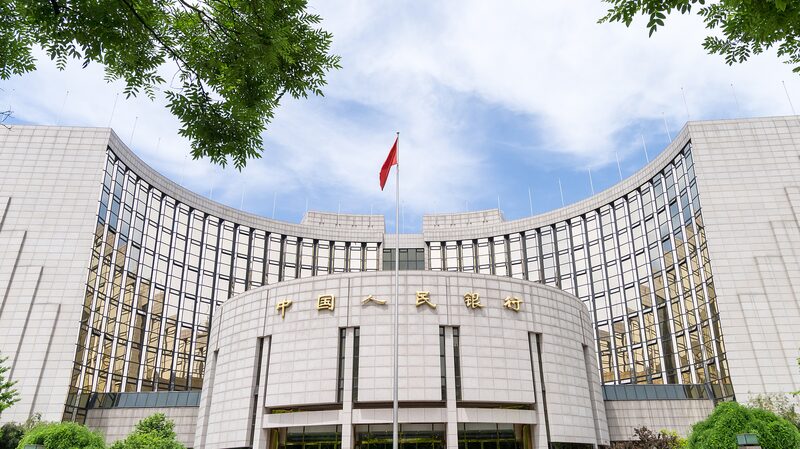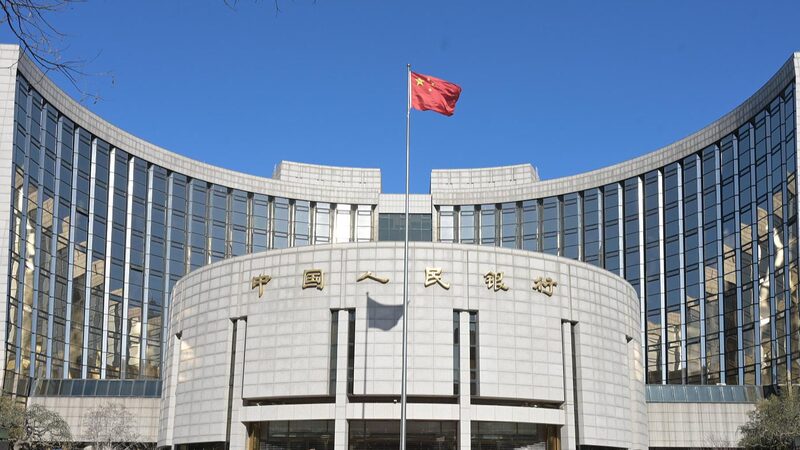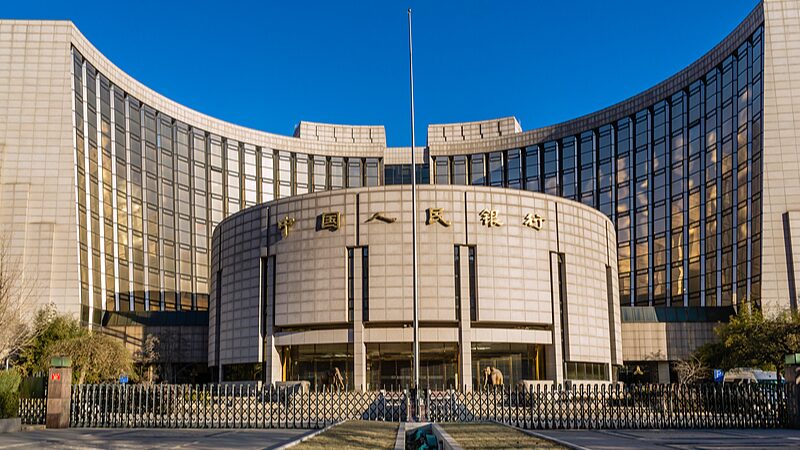Beijing, China — In a move that could have widespread implications for borrowers and the housing market, China has reduced its over-five-year Loan Prime Rate (LPR) to 3.95% from the previous rate of 4.2% as of Tuesday. The LPR serves as a benchmark for lending rates, and the over-five-year rate is particularly influential in determining mortgage rates across the country.
The one-year LPR, which affects short-term loans and financing for businesses, remained unchanged at 3.45%, according to the National Interbank Funding Center.
The adjustment to the over-five-year LPR is expected to lower borrowing costs for homebuyers, potentially stimulating the real estate market amid concerns of slowing economic growth. Lower mortgage rates can make homeownership more accessible and may spur increased activity in the housing sector.
This decision comes as part of China’s ongoing efforts to support economic stability and encourage domestic consumption. By reducing the over-five-year LPR, policymakers aim to provide relief to borrowers and invigorate sectors that are sensitive to interest rate changes.
Analysts suggest that maintaining the one-year LPR at its current level reflects a balanced approach, supporting businesses’ financing needs without introducing significant inflationary pressures.
The LPR is determined monthly based on quotations from selected commercial banks and serves as a reference for lending rates offered by financial institutions. Changes to the LPR can influence various aspects of the economy, impacting consumers, businesses, and investors both domestically and internationally.
The adjustment is closely watched by global markets, as China’s economic policies have significant implications for international trade and investment. Business professionals, investors, and economists will be monitoring the effects of this rate change on economic indicators in the coming months.
As the world’s second-largest economy, China’s monetary policies play a crucial role in shaping global financial landscapes. The latest adjustment underscores the government’s commitment to leveraging financial tools to manage economic challenges and support sustainable growth.
Reference(s):
cgtn.com








